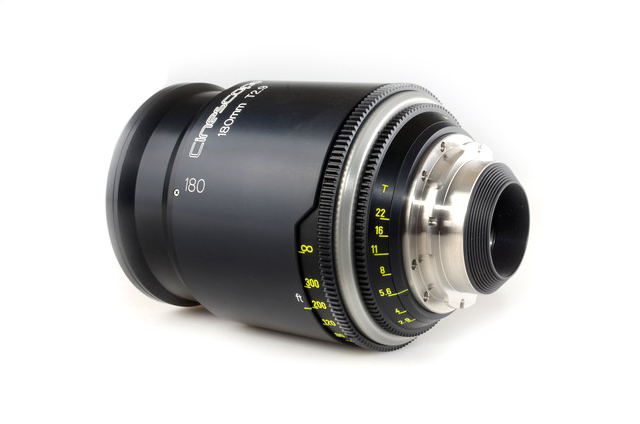

Image Credit: Media DivisionĪt the next segment, Nikolas pitched different solutions against each other trying to show that for certain scenarios, even an affordable adapter can create the desired look. The issue of double focus with lens adapters and attachments. These work in a similar way as anamorphic projector attachments, but are generally more practical for shooting. The last group of anamorphic solutions includes the anamorphic adapters. The attachments were paired with different vintage lenses with all kinds of adapters and DIY solutions. He tests the following attachments:įor many anamorphic attachments, the rail supports are vital.

Nikolas talks about the possible problems and solutions when using these attachments, that are not designed for image acquisition. Next anamorphic solutions feature anamorphic projector attachments. Another interesting segment is the comparison of the old Bausch&Lomb Cinescope Baltar lenses and the new Atlas Orion. By the way, you can check our review of the Atlas Orion 40mm lens in case you haven’t already. There is also a whole segment about the Atlas Orion lenses including an interview with the lens creators – Forrest Schultz and Dan Kanes – about designing affordable anamorphic primes. When it comes to anamorphic cine lenses, he tested the following pieces: With the help of the Marmalade production studio and their two robotic arms, Nikolas was able to shoot the same movement for every anamorphic setup he tested. The studio scene with the armored knight (swordsman Dierk Hagedorn) featured in the first chapter is present here as well. Nikolas used more scenes to test each solution’s capabilities – close focus, sharpness, focusing, distortion at the edges, and so on. Part two takes up most of the video and it is all about testing different anamorphic setups. Testing anamorphic setups Anamorphic adapter paired with vintage lens. The first part also lays the foundation for testing methods included in the second part. Nikolas further talks about the different aspect ratios, resolutions, squeeze factors, and which camera sensors are the most suitable for shooting anamorphic. While some manufacturers only rent the lenses directly or sell the lenses to select rental houses, others offer them to the public, but the price segment is much higher than with most spherical cinema lenses. The title of the first part is “Roads to an Anamorphic Image” and Nikolas explains a bit about the situation on the market when it comes to anamorphic cinema lenses such as Panavision, Hawk, Zeiss, or Cooke. As with the first chapter, this video is divided into more different parts so that viewers can easily navigate through it. I have to admit that Nikolas has gotten really good with that and apart from a slight discrepancy between the original audio of Harisson Ford and Nikolas’ audio, I would totally believe that he actually acted in Ridley Scott’s movie. The nearly two-hour-long video starts with yet another Blade Runner spoof. SCOPE Chapter Two – the anamorphic battle Anyway, a few days ago Nikolas published the second chapter of SCOPE, which deals with practical tests of anamorphic lenses, attachments, and adapters. The reason is simple – there is an incredible amount of hours going into them.

While MD often publishes some shorter videos, the main long episodes get released approximately every six months. I keep repeating myself, but every time when Media Division drops a new Epic Episode, the filmmaking gear geek in me gets very excited. After the first chapter with theoretical essentials of anamorphic shooting, the Media Division host Nikolas Moldenhauer takes us on a two-hour-long journey through practical tests and much more.īack in February 2021, I wrote about a new Media Division Epic Episode – SCOPE, in which, Media Division host Nikolas Moldenhauer took on the complex topic of anamorphic lenses. The Anamorphic battle between cinema lenses, projector attachments, and anamorphic lens adapters is the main focus of the new Media Division Epic Episode SCOPE Chapter Two.


 0 kommentar(er)
0 kommentar(er)
